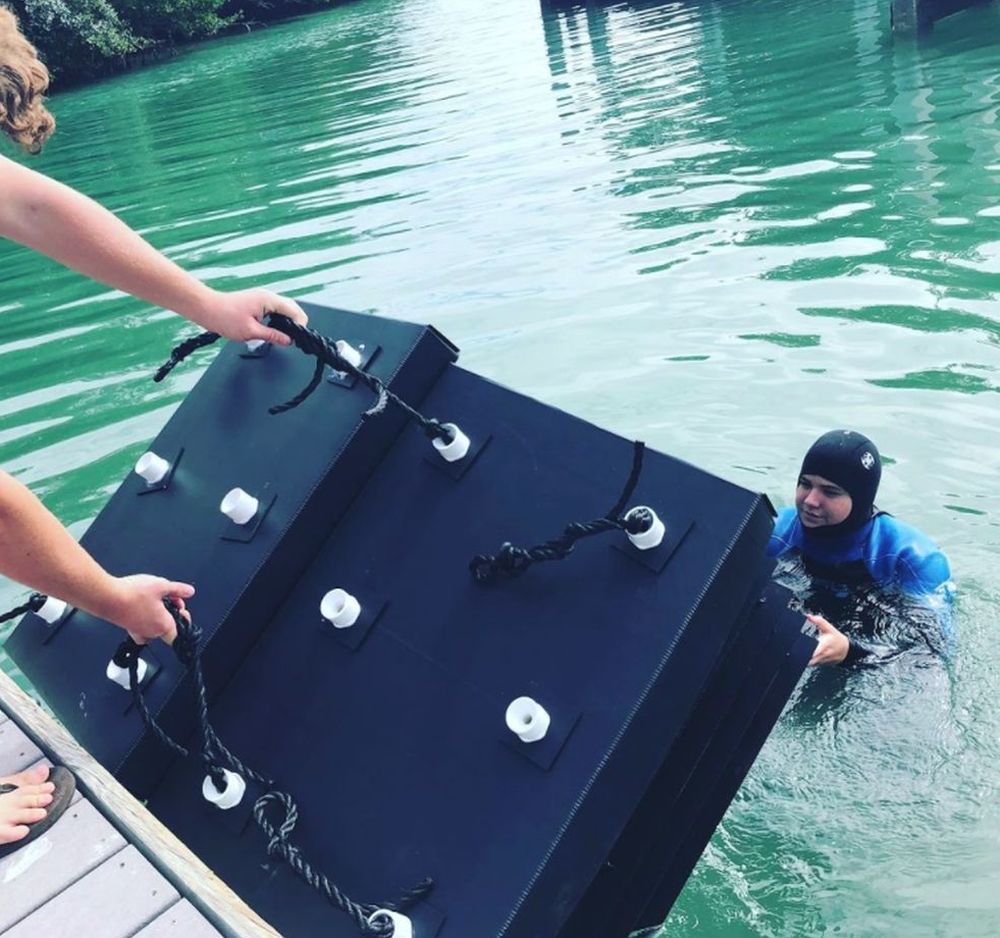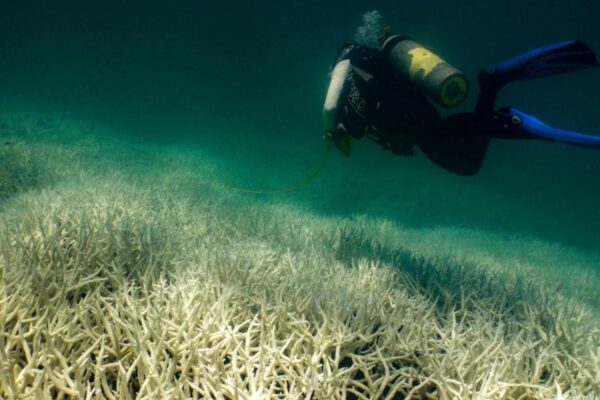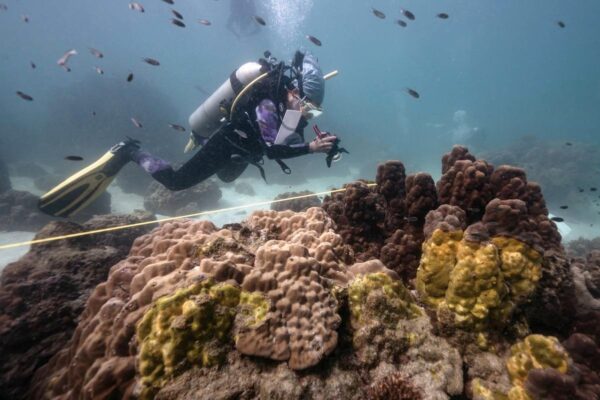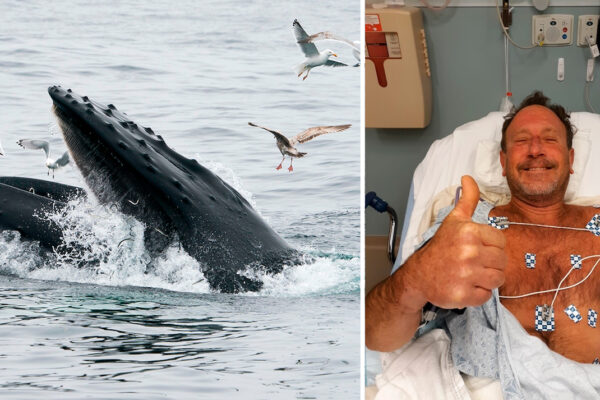Ocean Habitats’ Mini Reef Technology to Increase Marine Life Vitality
There was a time when crystal blue waters bathed the coastlines, but now crimson and brown unhealthy waters dominate those territories. Since the global climate change has started to profoundly impact the coral reefs, humankind has been trying to invent new ways to preserve the valuable aquatic habitats. The installation of artificial reefs of all sizes has been of a little help in improving fisheries’ production, provide ecosystem restoration and enhance the water quality.
Rocks, cinder blocks and even wood and old tires have been used to construct artificial reefs. Presently, many companies specialize in the design, manufacture, and installation of long-lasting artificial reefs that are generally constructed of limestone, steel, or concrete.

Image: Ocean Habitats
Ocean Habitats has developed Mini Reef that are made of polypropylene sheet layers that are connected by cord and PVC tubes. The firm has over 4,000 units installed in Florida and close to 5,000 elsewhere in the US and other countries. Almost 3 decades of research produced the company’s Mini Reef, which starts at $297.
What our unit does is replicate nursery habitat, something more like mangrove trees. We’re trying to grow baby shrimp, crabs, and fish. Technically, they leave our units, and someday may end up on the reef balls.
Said David Wolff, founder and CEO of Ocean Habitats, Inc.
Each Mini Reef can support hundreds of fish, crabs, and shrimp each year and will start to develop a complete ecosystem beginning as soon as it enters the water. Dozens of different fish have been found utilizing these underwater reefs. Over 300 fish and 200 crabs each year can be nurtured at each mini reef.
As the animals on the Mini Reefs start to remove surplus of plankton in the water, the water quality will also improve. Currently, the 4,000 Mini Reefs in the water represent almost 200 million hours of combined time in the water. This amounts to about 145,635 billion gallons of water filtered and over 6.6 million fish, crabs, and shrimp grown.


